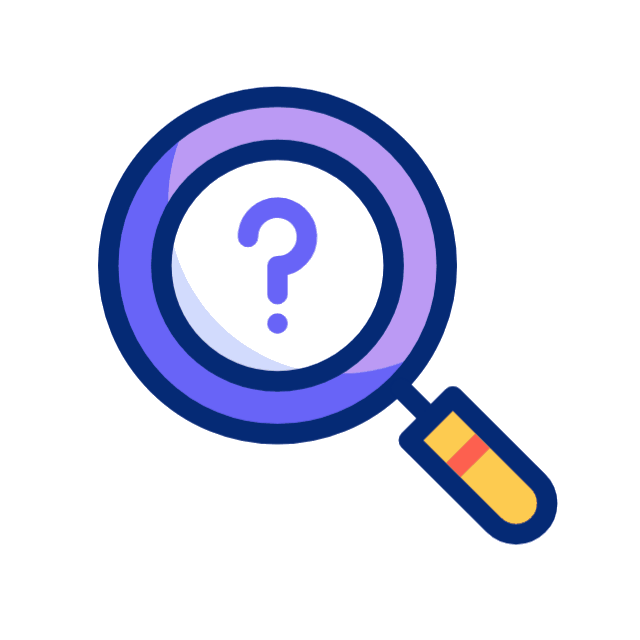
Embarking on a journey of self-discovery often requires us to look beyond the surface and into the depths of our own experiences. In this conversation with Rachel Fearnley, we explore the transformative path of somatic coaching and breathwork, uncovering how these practices help us shift from overthinking to deep body awareness. From personal breakthroughs to supporting others in embracing slowness, presence, and self-healing, this is a story of resilience, growth, and connection.
How did your journey into somatic coaching and breathwork facilitation begin, and what inspired you to pursue this path?
My entry into the broader health and wellness industry began over 10 years ago when I became a yoga teacher. Yoga had such a profound impact on me mentally and physically that I knew I wanted to shift careers from being a sailor to teaching yoga. I didn’t really know where it would lead but just followed my heart and gut.
Moving into breathwork came very early in my career. I was in Thailand not long after becoming a yoga teacher, studying bodywork there. I stumbled upon a three-day workshop on functional breathing. More than anything, I was curious how anyone could teach about breathing for three days straight. I got far more than I bargained for! I was absolutely floored by just how impactful the workshop was and how little I (and likely most people) knew about the importance of simply being able to breathe well and correctly—this was long before “breathwork” became a trending topic. Breathwork quickly became a foundation of everything I shared in my teachings and classes.
As I continued my journey, I began meditating and found great benefit in these practices. However, one thing I kept encountering was that I was being shown very clearly how to “be with” all the things that come up in our human experience and becoming increasingly aware of my shadows, my “negative” traits and habits. But no one was ever really able to show me how to actually move through these experiences. After a while, I started to get frustrated with being “aware” of so much without ever finding a solution. That’s when the world of somatics revealed itself to me, and I dove in headfirst, absolutely knowing this was the answer to my prayers—a way to actually work through and move past the blocks, emotions, behaviors, and beliefs holding me back from my fullest potential.
As a chronic overthinker who analyzes absolutely everything, I knew I needed a modality that didn’t encourage me to simply “muscle” my way through challenges with more mind-based tools. I needed something that helped me shift from my head into my body.
In what ways does your approach help clients shift from overthinking to cultivating a deeper connection with their bodies?
We live in a paradigm that still celebrates the mind over the body, thoughts over feelings, and knowledge over intuition. We live in a culture of overthinking, overanalyzing, and needing answers for everything before making choices, which fuels the chronic overthinking so many of us experience.
In my work, while I do honor the thoughts and the narrative (it’s important that my clients feel seen and heard in their experience), we always bring it back to the body. Under every thought, story, and belief lies an emotion or sensation that needs to be witnessed and fully expressed. When we begin to allow this—to be present and unshame all our experiences, desires, and emotions—we finally release the cycle of chronic overthinking.
What challenges do you observe in helping people embrace slowness and presence in a culture that prioritizes speed and productivity?
Many! It can be exceptionally hard for people to slow down, even when they know they need to. It can feel unsafe to go slow, as the body will always choose a familiar hell over an unfamiliar heaven until we gently show it another way and help it feel safe with slowness. The stories we tell ourselves tend to ramp up when we try to make changes, and these stories can be very compelling. They create a lot of resistance to slower practices and foster the feeling that “this isn’t working” or “it’s not working fast enough.” When you’ve been conditioned to prioritize speed, it’s natural to expect results to appear in double time.
Can you share a transformational moment or story from your work that highlights the wisdom and self-healing power of the body?
Some of the most inspiring moments my clients have shared are when they have effortlessly begun to self-advocate, stand up for themselves, and set firm boundaries without feeling as though they’re about to crumble. For many of my clients, standing up to the people they did would have been unimaginable before we started working together.
How do you integrate your experiences as a solo parent and entrepreneur into your practice and teaching?
I’m very transparent and share openly about my experiences. When we hear others share their stories—especially those some might consider “shameful”—it helps us connect with the parts of ourselves that feel shame over our own stories. Seeing others share vulnerably makes it possible for us to imagine doing the same and trusting that we’ll be okay.
To learn more about Rachel and her work, please visit:
Website: rachelfearnley.com
Instagram: rachel_fearnley
Email: [email protected]


